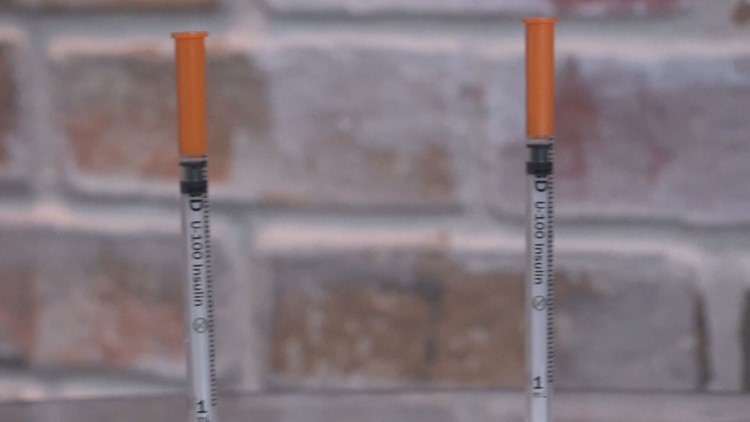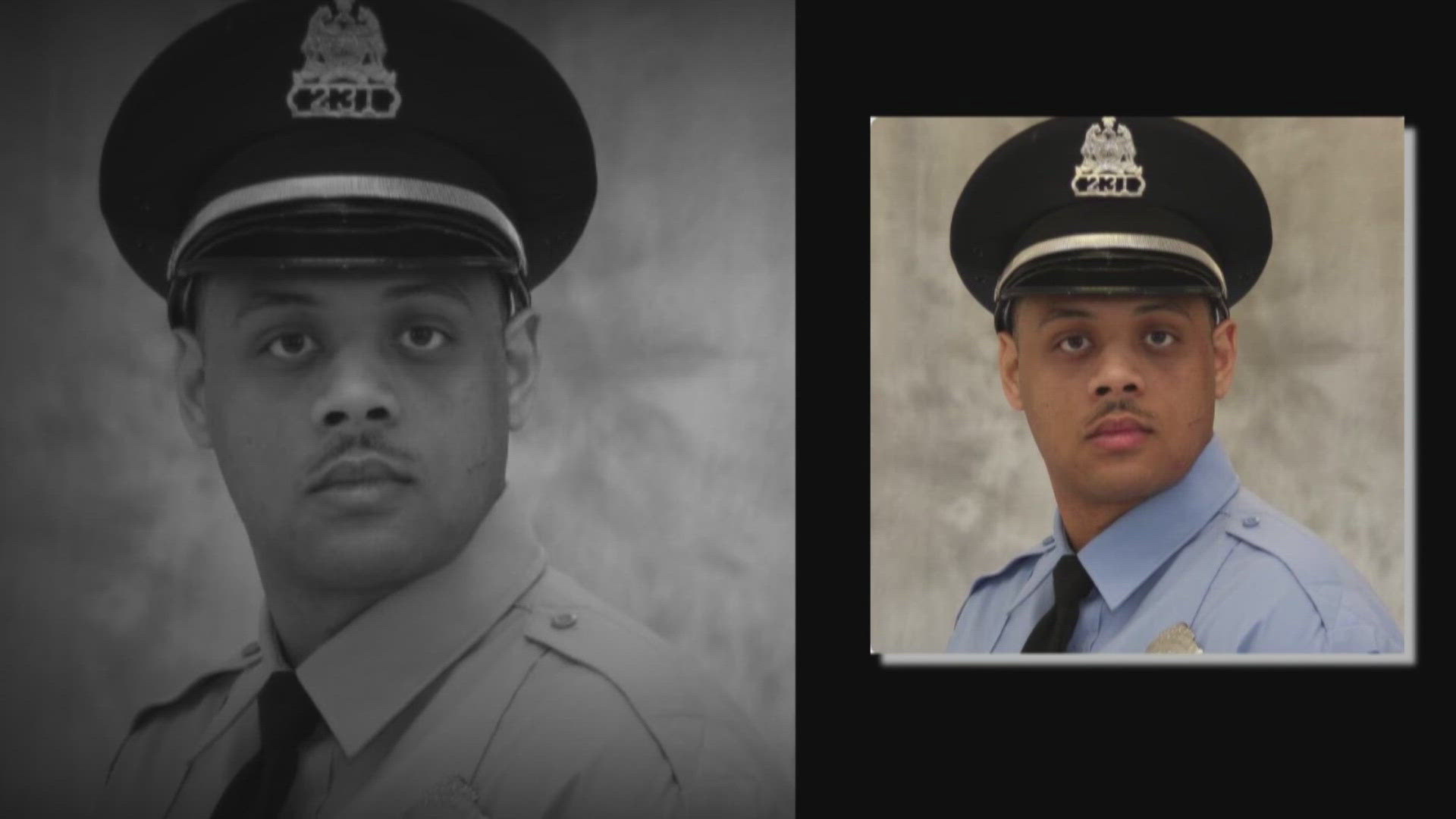ST. LOUIS — Despite opioid deaths skyrocketing across the country, in St. Louis, the rate last year fell dramatically, according to numbers compiled by the Missouri State Targeted Response to the Opioid Crisis team.
The task force was created last year by the Missouri State Legislature.
Many critics of the program were skeptical it would be a waste of money, but the program's director said these statistics prove it's money well spent.
"I’m proud to wear this," Tommy Bailey says, pointing to his sobriety tags.
Bailey is living proof that St. Louis is on the right track.
"Yea I overdosed three times," he says.
His sobriety tags around his neck mark the first time in 30 years that he's been sober long-term.
"This Wednesday, I’ll be up to 60 days clean again," says Bailey.
A few months ago, he was just a matter of minutes from being on the coroner's table.
"I was living on the street and I wanted to end my life," he remembers.
Bailey intentionally took a lethal combination of fentanyl, crack cocaine and meth.
If his friend hadn't been nearby with Narcan and EMT's weren't on the way, he knows his story would have ended there.
"I’m a living testament to that," Bailey adds.
Like so many addicts, it took a trip to Rock Bottom for Tommy to seek genuine help. The Missouri Safe Network referred him to a variety of programs and convinced him to get clean.
"I have so much better to live for than I did in the past," he says.
Tommy is living proof of what Dr. Rachel Winograd has been working towards for the last year and a half. According to numbers she's assembled from various medical examiner offices, the opioid death rate in St. Louis is down 10 percent from last year.
"That’s incredible news considering between 2015 and 2016, they had increased 110 percent so we’ve totally gone back in the other way in the city," says Dr. Winograd.
5 On Your Side asked if the decrease was sustainable.
"We better. If people keep doing what they’re supposed to be doing and they’re doing what they’re doing now, yeah, we’ll see things start to come down," she says.
Dr. Winograd says the most effective tool they've used so far is equipping first responders and everyday people with Narcan, which can reverse the effects of powerful opiates.
"There’s been a huge ramp-up of efforts to saturate our communities with these life-saving medications of different varieties," says Dr. Winograd.
While Dr. Winograd leads the program, Chad Sabora is on the front lines working out of his MO Safe Network office in South City.
"This is what is going to turn the tide not just in St. Louis but around the country," says Sabora.
He says these numbers validate what they've known all along — if you provide overdose-reversing medication throughout the community — it will be put to good use.
"And the less parents that have to come in here because they didn’t have to bury somebody, it makes life a little bit easier to live," says Sabora.
Life is great right now for Tommy Bailey. This week, he starts classes at St. Louis Community College and has a few job interviews scheduled.
"I want to go into being an EMT, to save lives," says Bailey.
Because while his journey has been rocky, clutching his sobriety tags around his neck has never made him feel more free.
"Before, I used to hide my feelings by using drugs. Now today I can be open and honest with people more," he says.
So where does St. Louis go from here?
Sabora and Dr. Winograd say in order to keep deadly overdose numbers down for good, they need medical professionals in all types of practices to help them distribute Narcan and provide community support to addicts.



